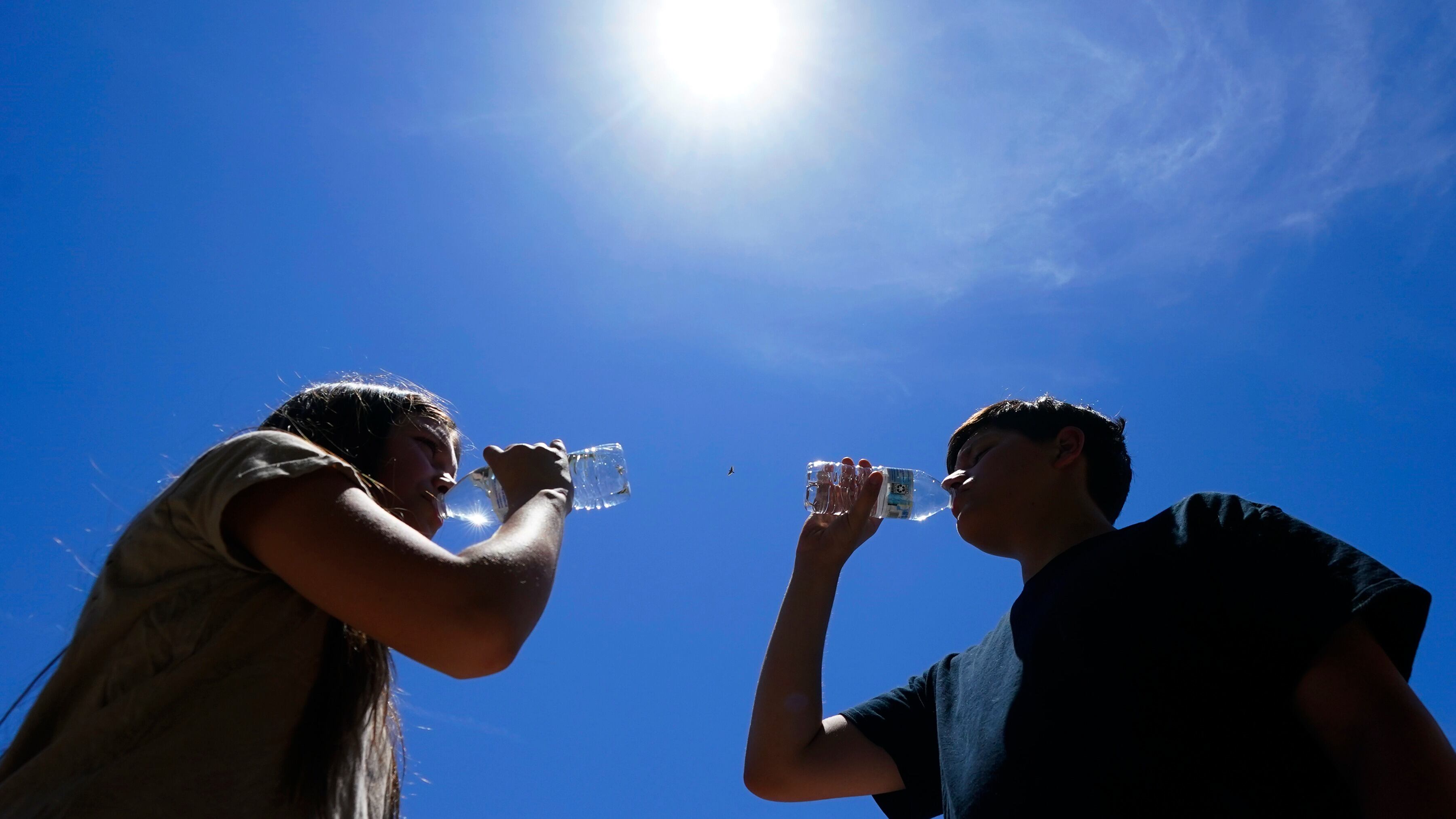By Marcia Dunn
NASA’s newest X-ray observatory rocketed into orbit Thursday to shed light on exploded stars, black holes and other violent high-energy events unfolding in the universe.
SpaceX launched the spacecraft on its $188 million mission from Kennedy Space Center. It’s called IXPE, short for Imaging X-ray Polarization Explorer.
Scientists said the observatory — actually three telescopes in one — will unveil the most dramatic and extreme parts of the universe as never before.
“IXPE is going to open a new window on the X-ray sky,” Brian Ramsey, NASA's deputy principal scientist, said this week.
Operations should begin next month. NASA is partnering with the Italian Space Agency on the project.
A study showed that the pandemic crunched the distance between our remembered events.
New research showed that 4,000 steps a day is associated with a lower risk of death.
Cheddar News checks in with a coast-to-coast forecast of the weather for Wednesday, Aug. 9, 2023.
COVID-19 hospital admissions have inched upward in the United States since early July in a small-scale echo of the three previous summers.
New data showed that the benefits of WeGovy go beyond weight loss.
Now that last month's sizzling numbers are all in, the European climate monitoring organization made it official: July 2023 was Earth's hottest month on record by a wide margin.
A new study found that a large number of women aged 70-85 are being overdiagnosed and overtreated for breast cancer.
Be Well: Why Black Maternal Death Rates Remain High
Covid cases are on the rise again and getting free tests is even more difficult.
A study shows air pollution is a factor in antibiotic resistance.












